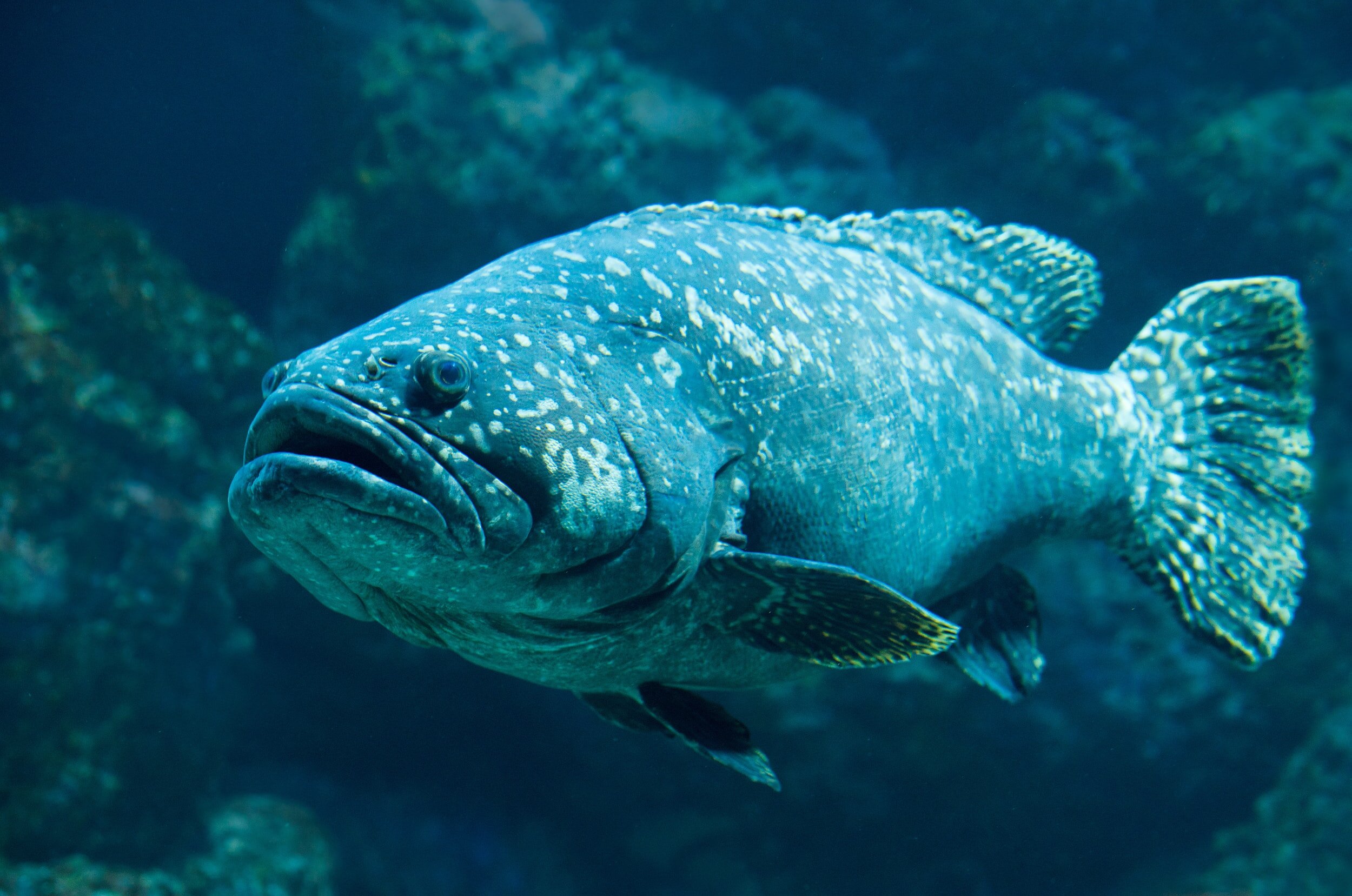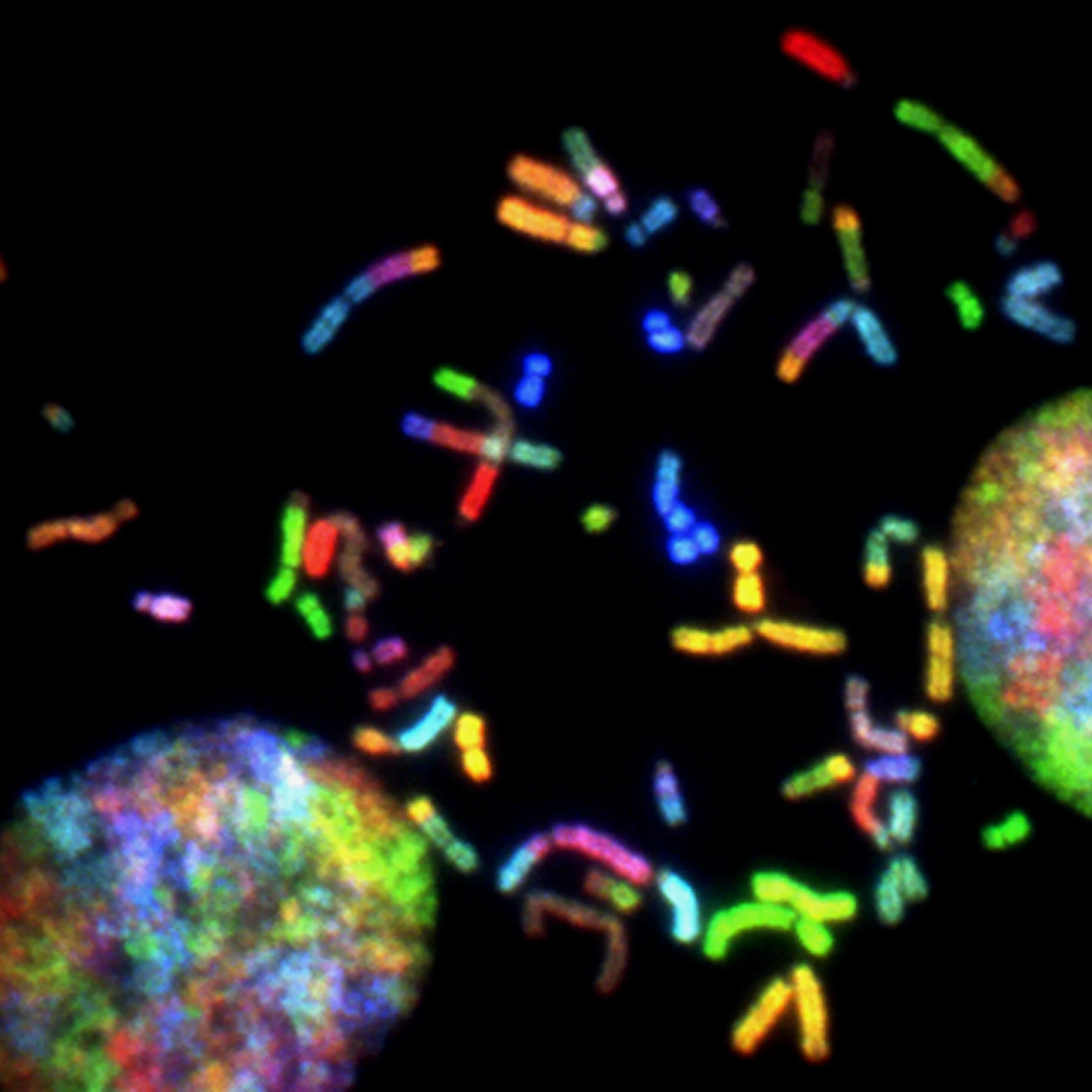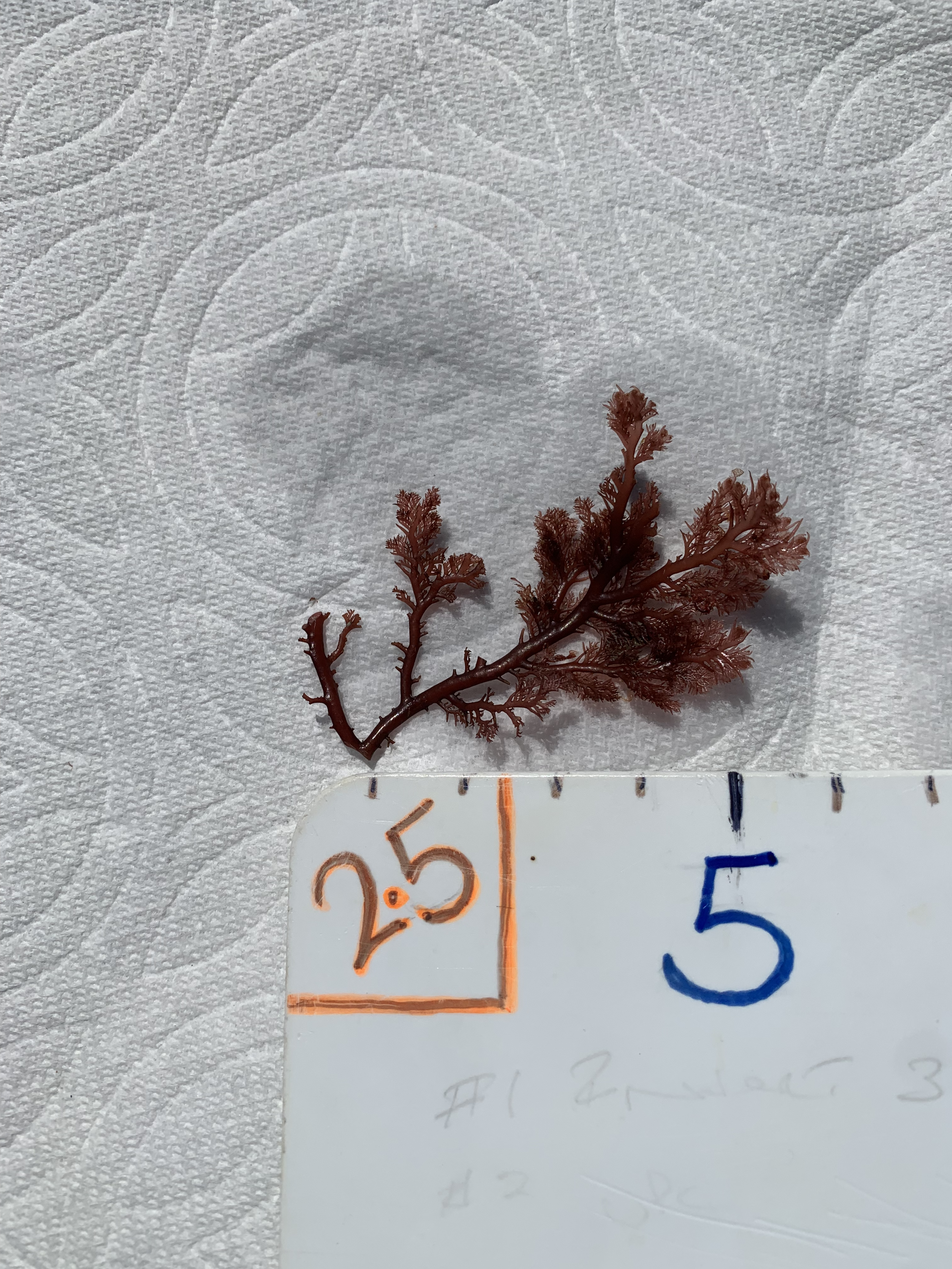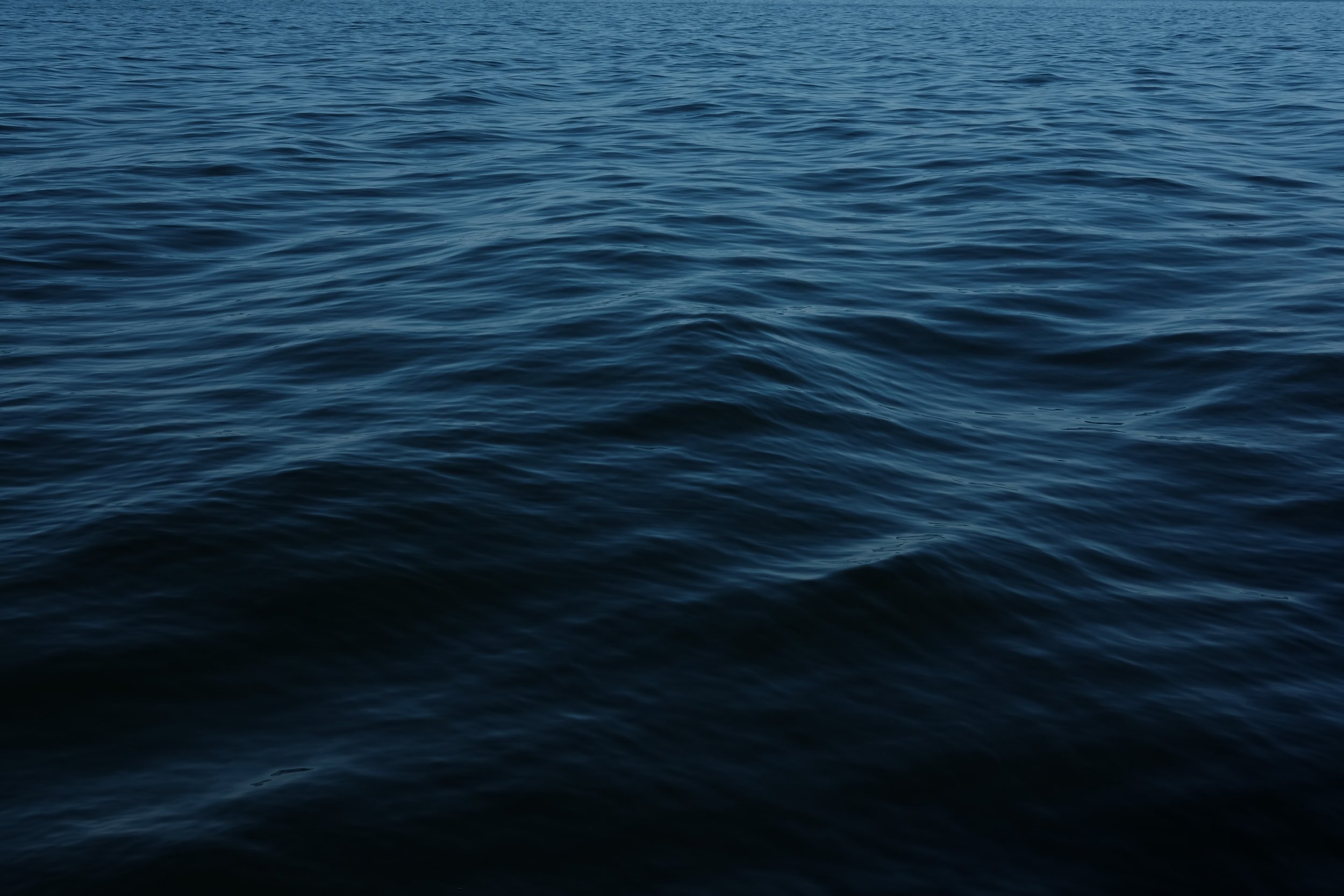
Marine Science Is Fun!
At The Marine Genome Project we believe that making scientific research accessible to anybody is a critical part to protecting the ocean
What is Genetic Information?
Genetic information is the heritable information passed from one generation to the next. It is the blueprint of a species. These blueprints are coded in nucleotide sequences to form DNA.
DNA is made of 4 Nucleotides (A,T,G,C) which pair together to form what is called a base pair. Base pairs create the structure of DNA. DNA sequencing is the process of reading the base pair order of a species. Base pair order determines cell function and can reveal changes to cell regulatory instructions from external stressors.
What is Marine Genetics Conservation?
We noticed that marine genetics is not being conducted by many marine conservation agencies. The common thought is that genetic testing is too complicated, expensive and difficult to understand. Our goal is to demonstrate that marine genetics is achievable and can be incorporated into mainstream conservation.
There are many different ways we implement marine genetics into conservation work. One way is through eDNA (environmental DNA, comes from skin cells, blood or other fluids left by a species in the environment). By using eDNA we are able to track changes in the species that frequent different sites. Though eDNA we can track long term changes that can then be implemented in policy changes.
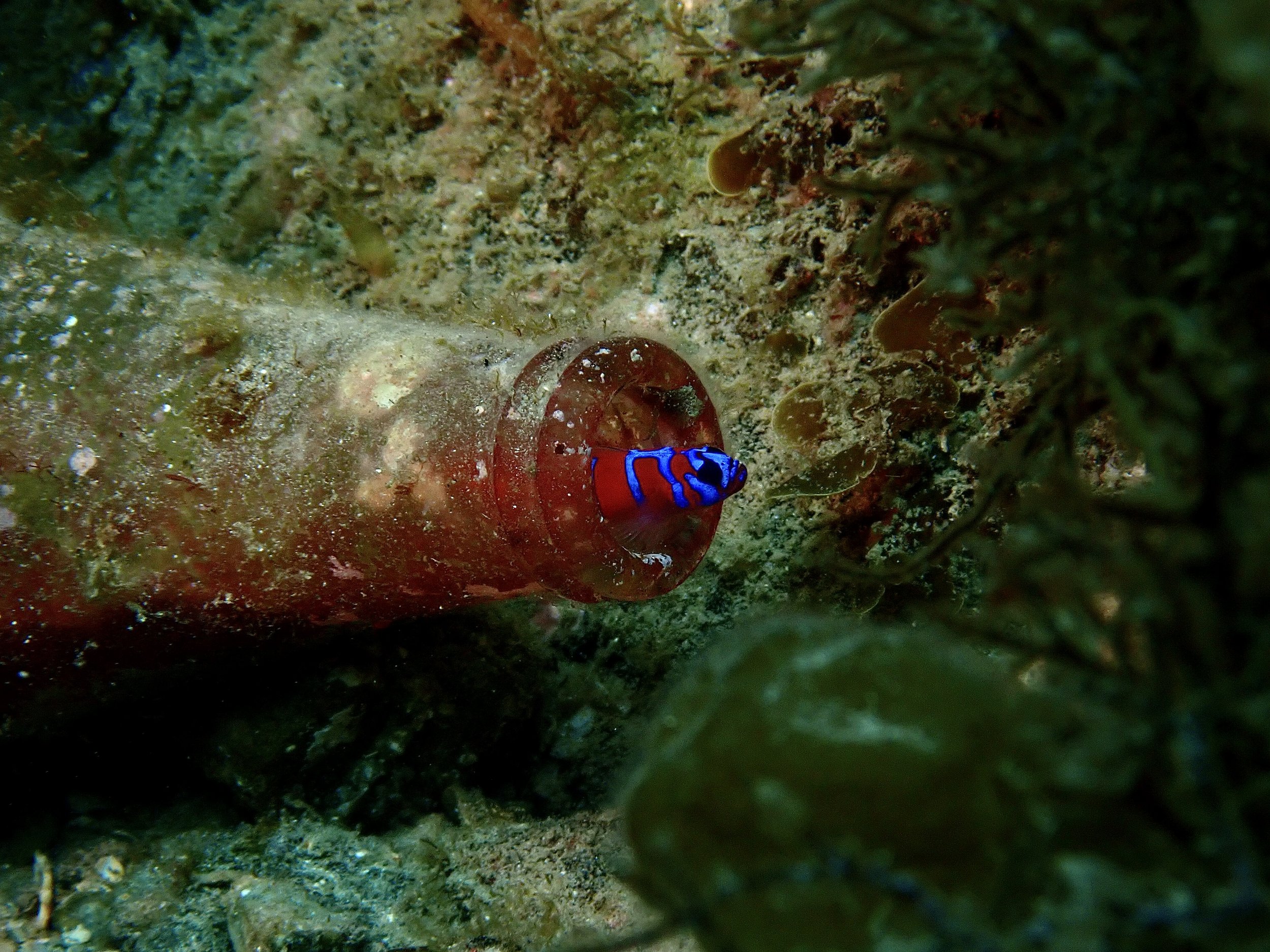
Support Our Work
Basics of DNA Extraction
DNA extraction protocols have 3 main steps, there are sometimes additional steps needed depending on the downstream applications. DNA extractions can be difficult depending on the type of tissue you are working with. One of the most difficult species to extract DNA from is plants, and marine algae. This is due to their high levels of polysaccharides. They inhibit the extraction of DNA using conventual methods. The easiest ways to extract DNA from a source tissue is to use a pre-made commercial kit. There are many manufacturers that make kits and protocols that can walk you though every step of the process. DNA extraction protocols there are 3 main steps.
-
To extract the DNA from the cell you need to perform a step that will separate the cells. You can do this chemically or physically. Physical methods could be done by grinding, blending or vortexing. The next step is to add a saline solution (Saline “ a high salt concentration”), this helps protect the phosphate backbone of the DNA structure. This solution also offten has Proteinase K, this helps break down the cell membrane to release the DNA. Sometimes an enzyme called RNase-A, it helps digest RNA out of the solution, since we don’t want RNA because it could ruin our results later.
-
The sample needs to be separated from the extra debris and other contaminants. The the sample is Precipitated (Precipitated “making a substance into a solid from a solution”) using ice-cold isopropanol. This allows us to now see the DNA, it will have a white/clear and stringy appearance.
-
The final step is to prep the DNA for downstream applications like sequencing. We can clean the DNA by washing it in ethanol to remove any additional debris. We can also use a filter column. It is a thin tube with a very fine filter that will allow for the debris and excess liquid to pass through but the DNA will get stuck to the column. The final step is to re-suspend the DNA in biological grade water or TE buffer.
eDNA (Environmental DNA)
eDNA allows scientists to study species without causing harm to the desired target. It can also be used to track species that are hard to find or difficult to catch. All living organisms release DNA into their environment. DNA is released in the form of spit, skin, blood, and other bodily fluids into water, air and soil surrounding the species. Scientists can collect samples form the environment and extract the released DNA. This tool is quickly becoming a game changing method to study species around the world in a verity of environments.
-
Scientists collect environmental samples such as; Soil, Water, Air, and Ice. The samples are then passed through a super fine filter, the filter catches the DNA from the sample. Researchers need to be careful to limit contamination when preparing samples.
-
The DNA that is attached to the filter needs to extracted and purified. DNA is removed using a multistep chemical process. The DNA is then cleaned and purified.
-
The clean DNA is now ready to be placed into a sequencer to study how many species are present in an area, or identify one species among a group.
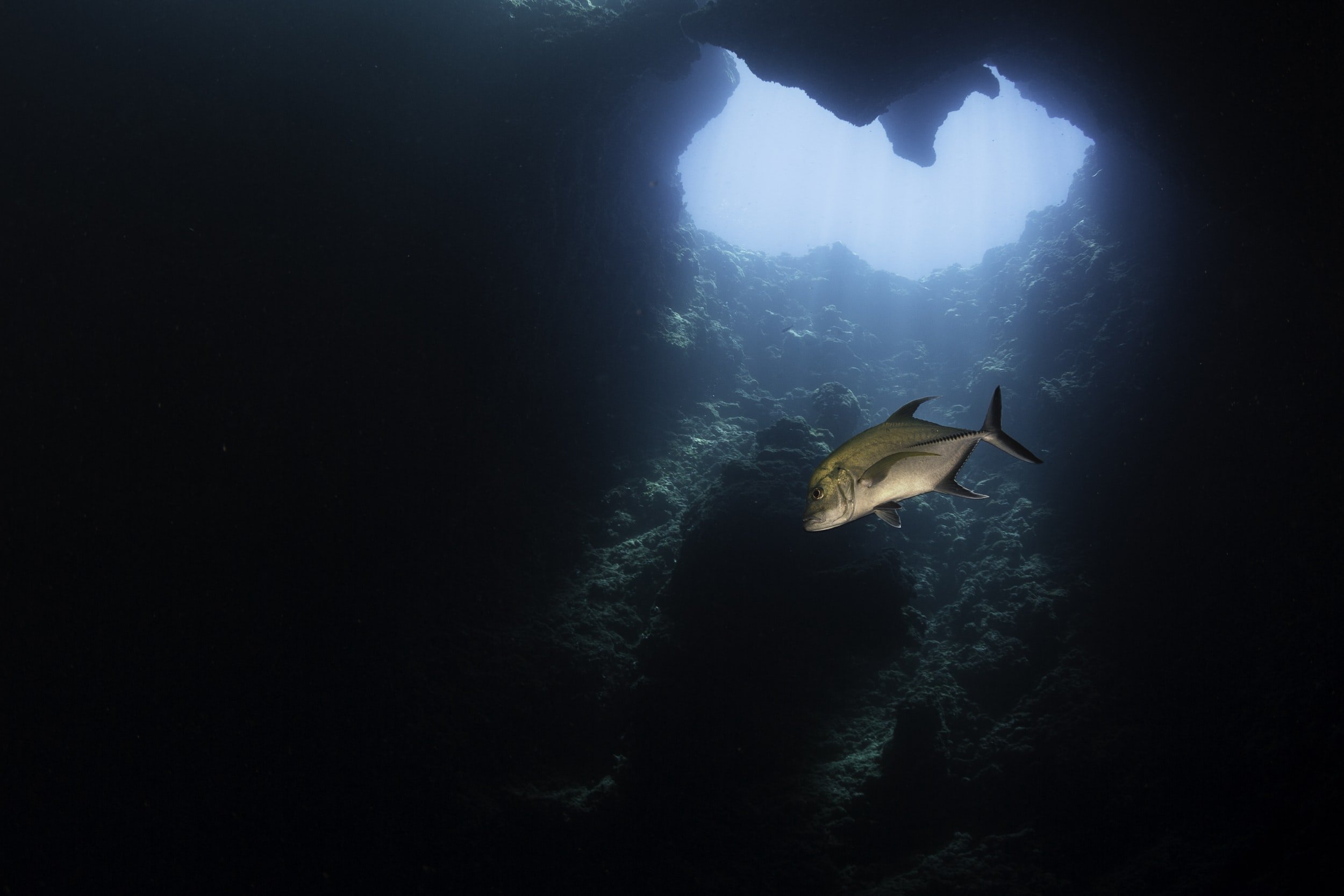
Protecting The Ocean Is In Your DNA!
Join our email list today and learn more about what you can do to protect the ocean
Marine Conservation Science Breakdown
Public Participation
As humans we all have an innate desire to understand how natural processes around us work. The team at MGP believes that this yearning for understanding our world should be nurtured. We want to dispel and disrupt common hurdles associated with scientific discovery. Through our public outreach and educational programs we aspire to make everybody a marine consideration scientist.
Tools for Science
Marine Genome Project scientific team uses a wide range of tools to collect, processes and sequence DNA samples. One of the most powerful tools that our team uses is scuba diving. The ability to dive up to 170’ft and stay hours in shallow water to collect samples is a vital tool. Through diving we are able to conduct science in many regions while also using scuba diving as a public outreach instrument.
Our scientific diving team is lead by Daniel Ortega. The MGP dive team has over 20 years of diving experience, has spent thousands of hours underwater. And has dove in some of the most extreme conditions around world, our team is one of the most experienced in the marine science field. If it can be done our team can do it.
